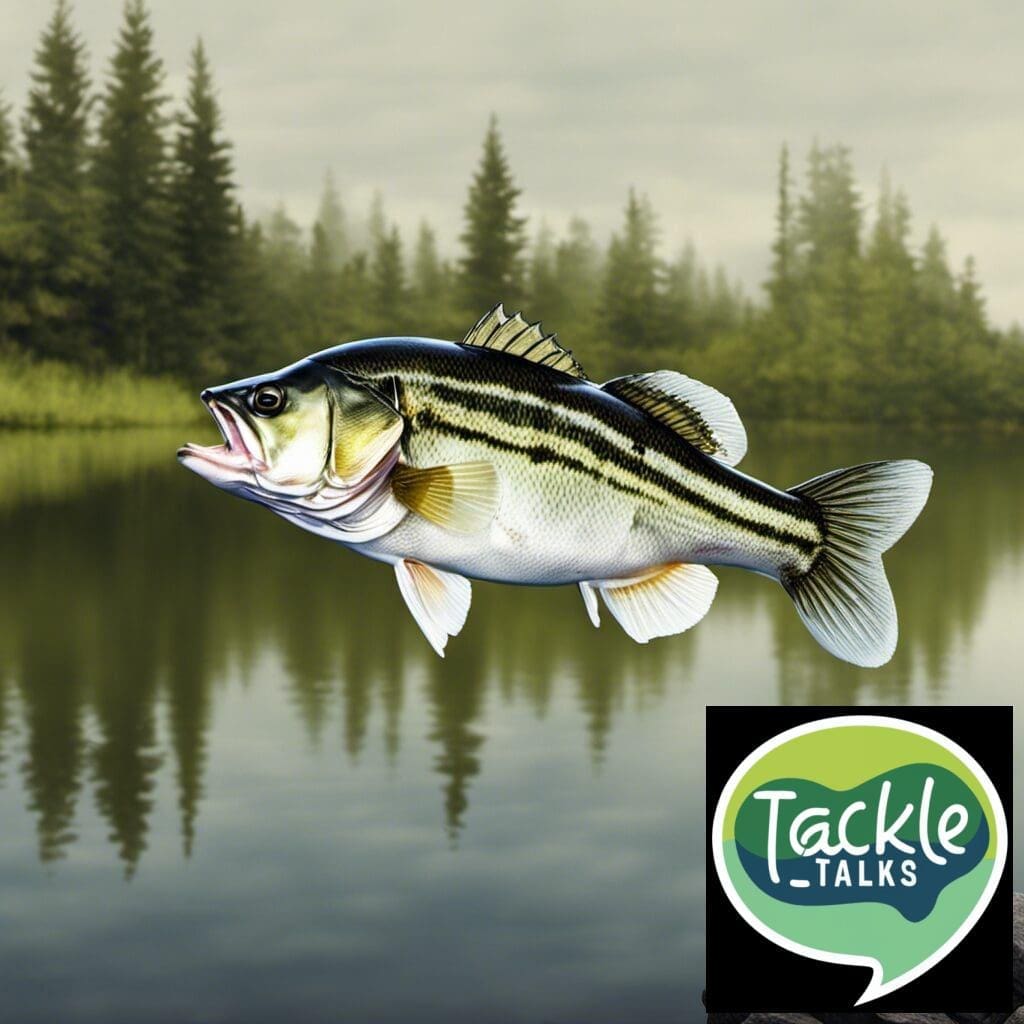Introduction
The Striped Bass (Morone saxatilis) is a member of the Moronidae family. Known for their distinctive stripes and striking appearance, these fish are a favorite among anglers.
Conservation Status
Striped Bass is a gamefish which is not currently considered a conservation concern. However, efforts are always being made to maintain healthy population levels and to manage the species responsibly.
Statistics
| Statistic | Average | Range |
|---|---|---|
| Length | 30-40 inches | 18-60 inches |
| Weight | 10-30 lbs | 2-125 lbs |
| Lifespan | 30 years |
Distribution
Originally hailing from the Atlantic coast, Striped Bass are now found throughout much of North America, including rivers, lakes, and coastal areas. They tend to migrate north and south seasonally.
Habitats
Striped Bass inhabit a variety of water types, from brackish estuaries to freshwater lakes and rivers. They are commonly found at depths of 1-9 meters and prefer water temperatures of 18-20°C.
When and Where to See
Avid in seasonal patterns, Striped Bass are often spotted during Spring and Fall. Dusk and dawn are the best times of day to observe these species.
Best Fishing Locations
- Hudson River, New York
- Chesapeake Bay, Maryland
- Sacramento River, California
- Lake Texoma, Texas-Oklahoma
- Delaware River, Delaware
- Claytor Lake, Virginia
- Lake Murray, South Carolina
- Cooper River, South Carolina
- Cape Cod, Massachusetts
- San Francisco Bay, California
For finding Striped Bass outside of these locations, look for areas with structure like ledges or drop-offs, as they often use these as hunting grounds.
How to Catch
Artificial lures, live bait (like alewife or herring), or chunk baits are common choices for catching Striped Bass. Techniques such as trolling, surfcasting, and bottom fishing are often employed to catch these feisty fish. Early morning or late night fishing often yields the best results.
Identification Guide
Striped Bass have streamlined, silvery bodies with several horizontal stripes down the sides. They’re often confused with the White Bass, but can be distinguished by the continuity of their stripes and a generally larger size.
Culinary
Striped Bass is known for its firm texture and mild flavor. It’s rich in protein and omega-3 fatty acids. Grilled, baked, or pan-seared, Striped Bass can be prepared in a variety of ways.
Additional Information
Striped Bass are apex predators, feeding on a variety of prey, mainly smaller fish. Human-induced threats include pollution and overfishing. They do not have significant folklore or historical references.
References and Further Reading
- National Oceanic and Atmospheric Administration. “Striped Bass.” NOAA Fisheries
- Biology, Habitat, and Distribution. “Striped Bass (Morone saxatilis).” NOAA Species Directory
- The Nature Conservancy. “Striped Bass.” Nature.org

